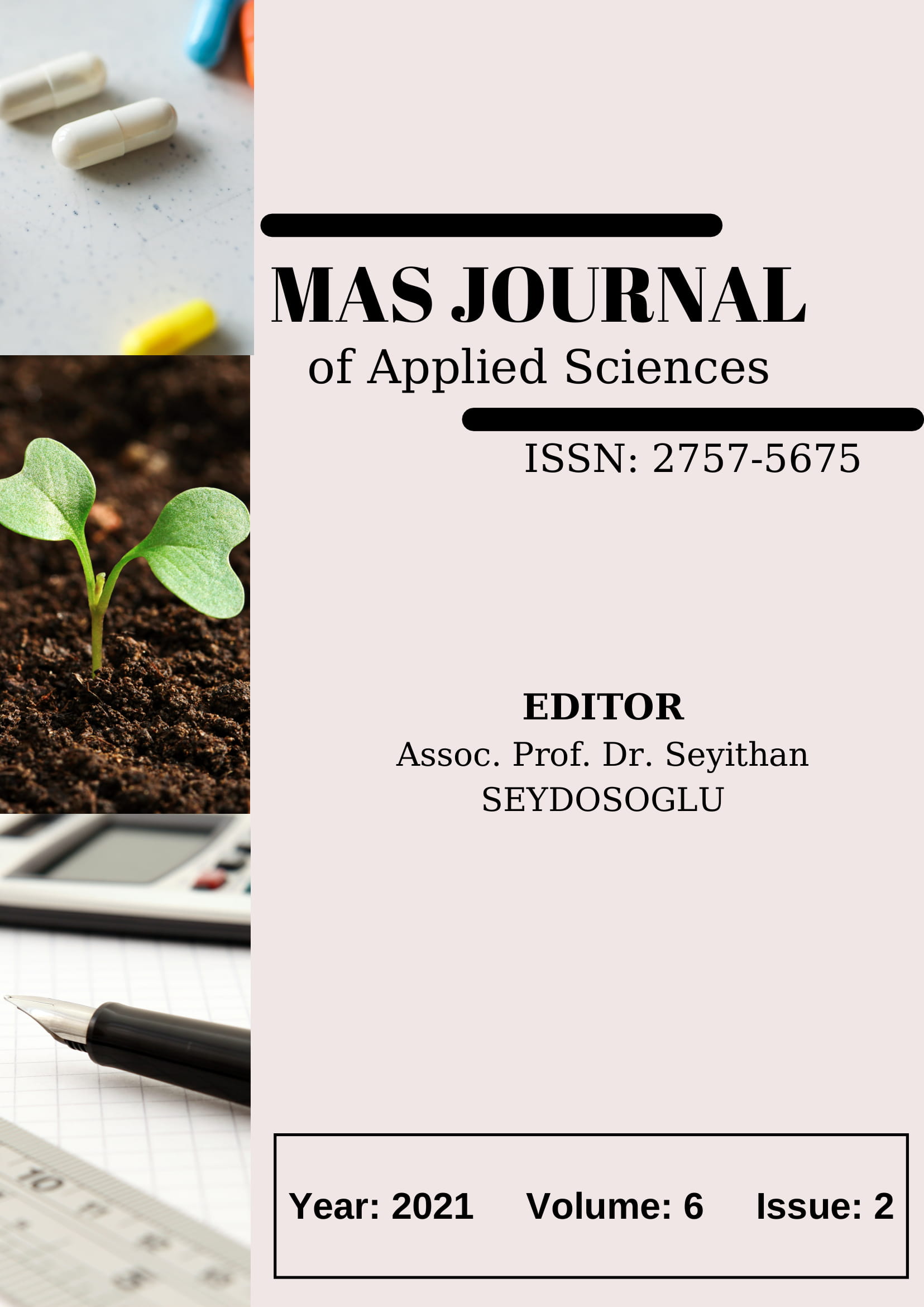Determining the Mutagenic Effects of Olive Oil Mill Effluent using the Ames Test
DOI:
https://doi.org/10.52520/masjaps.41Keywords:
Olive Oil Mill Effluent, Industrial Wastewater, Mutagenicity, Toxicity, Salmonella typhimuriumAbstract
One of the most important agricultural industries in Turkey is olive and olive oil production. Olive oil processing wastewater discharge (olive oil mill effluent) increases as olive oil production rises. Oil mill effluent can be used as liquid and solid fertilizer thanks to its contents like carbon and potassium, which are important plant nutrients, and other organic matter. But this waste can pose an environmental and a public health risk if it is discharged without processing. Oil mill effluent comes up as an environmental problem because of its high Chemical Oxygen Demand (COD), Biochemical Oxygen Demand (BOD) and Total Suspended Solids (TSS) values. Moreover, it threatens the environment with its high levels of acidity and phenolic matter content. In this study, oil mill effluent was tested with and without the presence of S9 liver enzyme using the Ames Test System, Plate Incorporation Technique and Salmonella typhimurium TA98 and TA100 strains. %100-75-50-25-10-1 concentrations of oil mill effluent were prepared and the cytotoxic concentration was determined as %50. It was found that in experiments done with TA98 strain, with or without S9 present, only in %50 concentration; in experiments done with the TA100 strain without S9 present in %50 and %25 concentrations, revertant colony count doubled the spontaneous revertant colony count and that it was mutagenic. Although some other concentrations showed meaningful difference compared to control as well after statistical evaluations.
Downloads
Published
How to Cite
Issue
Section
License
Copyright (c) 2021 The copyright of the published article belongs to its author.

This work is licensed under a Creative Commons Attribution-NonCommercial 4.0 International License.


